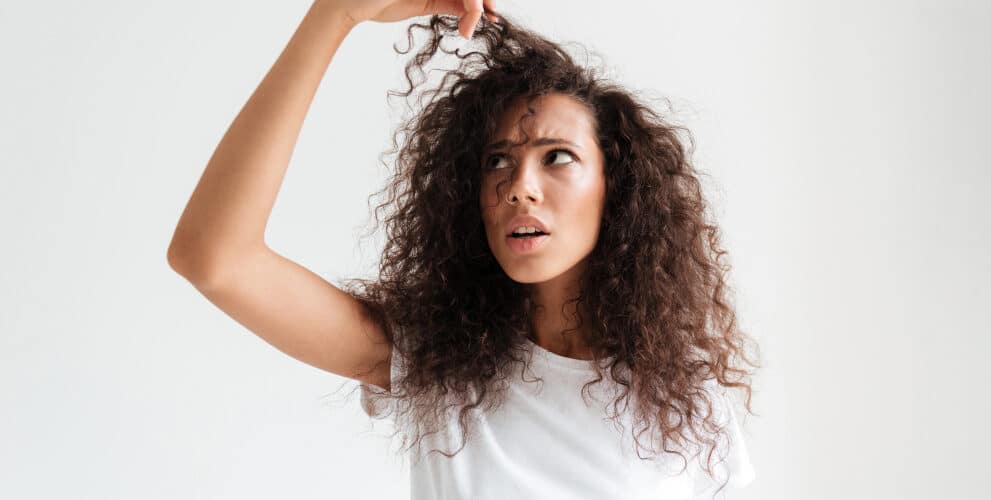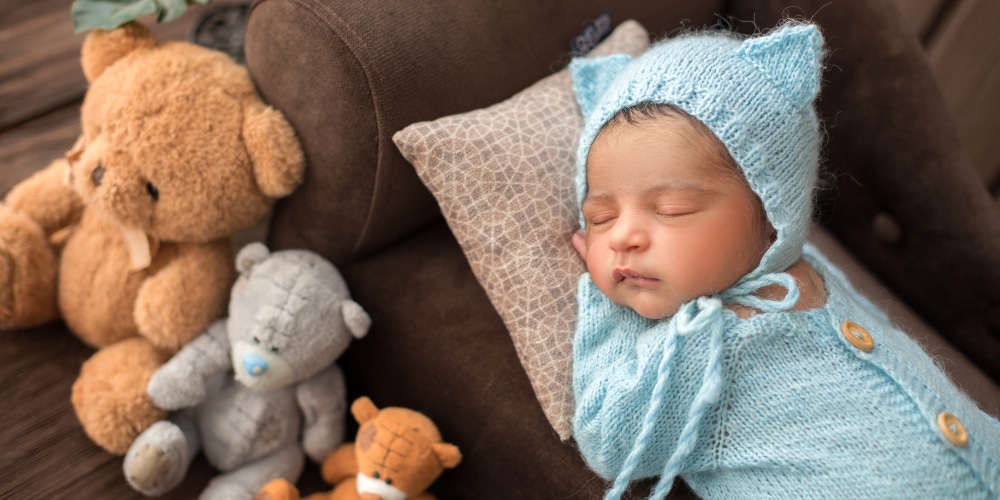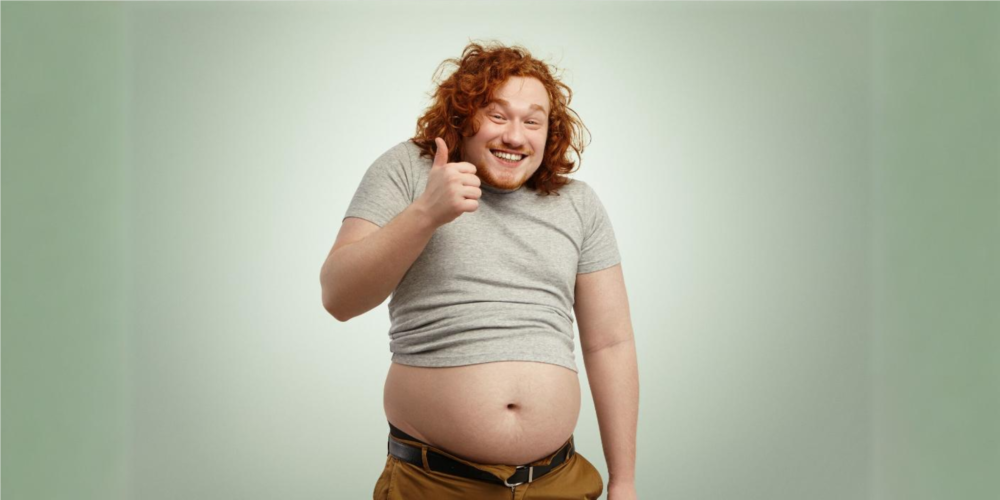Latest
Fact check | Ponytails, braids, buns: Is your favourite hairstyle silently causing hair loss?
Tight hairstyles like ponytails, braids, and buns can cause traction alopecia, a type of hair loss from constant tension on the hair follicles
Author
Author
- admin / 3 weeks

- 0
- 6 min read

Author
CLAIM:
Wearing tight hairstyles like ponytails, braids, or buns can cause hair loss, a condition known as traction alopecia, by putting constant pressure on the hair follicles, especially around the hairline.
FACT:
True. Tight hairstyles like ponytails, braids, and buns can cause traction alopecia, a type of hair loss from constant tension on the hair follicles. Experts recommend rotating hairstyles, using fabric scrunchies, and giving your hair regular breaks to prevent damage.
Many of us love those sleek hairstyles—tight ponytails to neatly braided buns. But ever thought that your favourite hairstyle might actually be causing your hair to fall?
In a viral Instagram reel, Dr Manan Vora, an orthopaedic surgeon, warns that certain hairstyles can lead to a condition called traction alopecia, a type of hair loss caused by constant pulling and tension on the hair roots.
In the reel, he says, “Yes, ponytails can cause hair loss, and it’s called traction alopecia. When you constantly pull your hair into tight ponytails, braids, or buns, you put pressure on your hair follicles, especially around the hairline. Over time, this tension damages the roots, and your hairline starts to recede.”

Dr Vora further explains what can be done to prevent this. “Rotate your hairstyle. Don’t tie it the same way every day. Use fabric scrunchies instead of rubber bands. Avoid tying wet hair, as it’s more fragile. Give your hair breaks. Go tie-free at home. Hair loss is not always hormonal or genetic. Sometimes, it’s simply because of your hairstyle,” he said.
The reel has gone viral, sparking awareness about how simple styling habits could be silently damaging your hair.
First, what is traction alopecia?
Traction alopecia (TA) is essentially a kind of hair loss that happens due to repeated pulling—traction or tension—on the hair. “The main risk factors for TA are associated with hair care practices and not hair types. The applied trauma is often unintentional and usually secondary to cultural, social, religious, and occupational practices given known associations with grooming accessories and particular hairstyles,” according to studies.
A sleek ponytail, tightly braided updo, cornrows, or even head coverings can help you express your style and feel confident. However, these styles constantly pull on the hair and can damage its health over time. “High-risk hairstyling practices include tight buns, ponytails, pigtails, chignons, braids, cornrows, and dreadlocks; application of weaves, braids, or hair extensions to relaxed hair; and any hairstyles that cause pain, crusting, tenting, or folliculitis,” according to the 2021 study.
The condition was first identified in Greenland in the early 1900s when doctors observed hairline hair loss in women wearing tight ponytails. While there is some dearth of data on how many people are actually affected by the condition, it seems to be very prevalent in people of African and Sub-Saharan descent. Those in professions that require slicked back hair, like military personnel, athletes, ballet dancers etc, may also be at risk. However, with the popularity of hairstyles which involve tightly pulled back hair, it is of concern for many people.
Which hairstyles can lead to traction alopecia?
Traction alopecia can occur from a variety of tight hairstyles. Cornrows, locs, tightly braided hair, buns, ponytails, and updos that are pulled too tightly all place constant tension on the hair follicles. Hair extensions or weaves, especially on relaxed hair, can also contribute, as can hairstyles that require rollers worn overnight. Even the friction from hats, headscarves, or other coverings can lead to traction alopecia if the hair is pulled back tightly beneath them. People of African descent may be particularly vulnerable because of the shape of their hair follicles, which makes the hair more susceptible to damage from tight or rough styling.
Research has confirmed the link between tight hairstyles and traction alopecia. A 2011 study by Wright et al. examined 201 caregivers of African girls aged 1–15 years and found that within the past year, 81 per cent of the girls wore ponytails, 67 pc wore braids, and 49 pc wore cornrows. The study highlighted a significant risk of hair thinning along the hairline in girls who wore cornrows, with the risk being even higher when chemical relaxers were also used. Additional traction from accessories like beads or barrettes further increased the likelihood of hair damage.
Another study focused on Hispanic women reported that long-term use of tight ponytails over many years increased the risk of traction alopecia. The hair loss was most prominent along the frontal and temporal scalp, though less frequently, thinning was also observed on the vertex and occipital regions. Women with long, thick hair were particularly susceptible, illustrating how prolonged tension from certain hairstyles can have lasting effects on hair health.
Can traction alopecia be reversed?
According to the American Academy of Dermatology Association, the best way to halt hair loss is to consult a board-certified dermatologist at the first signs of symptoms. Some hair loss from traction alopecia can become permanent if left untreated.
Dermatologists can diagnose the type of hair loss and recommend low-risk styling alternatives while also prescribing treatments to regrow lost hair if necessary. Medications such as corticosteroids, antibiotics, or minoxidil may be used, and in severe cases, hair restoration procedures can help restore natural hairlines and fill in bald or thinning areas.
How can hair loss from hairstyles be prevented?
Dr Rashmi Sarkar, Director-Professor at the Department of Dermatology, Lady Hardinge Medical College and Hospital, New Delhi, confirmed that tight hairstyles can indeed damage hair over time. She explained that “if you repeatedly wear hairstyles that pull on the hair, like very tight ponytails, multiple braids, or buns that bunch the hair up, it creates traction or stress on the hair shaft. This can lead to fragility, breakages, and overall hair damage.”
On ways to prevent hair loss from traction, Dr Sarkar emphasised the importance of giving hair breaks and avoiding constant tension. She recommended, “From time to time, you need to let your hair loose. Hairstyles shouldn’t always be tight. In between, either tie your hair loosely, change your hairstyle, or let it stay free, especially at home. Tight hairstyles should not be a routine; they should be used occasionally, after breaks, so your hair is not constantly subjected to stress and traction. Rotation is key.”
Also read: Are your favourite sugary drinks secretly causing hair loss?










